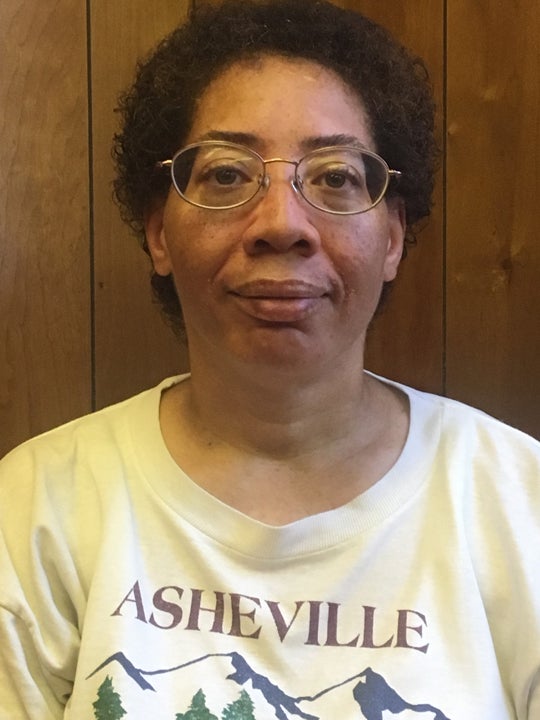Judy Moore: The development of railroads
Published 12:30 pm Friday, May 19, 2023
|
Getting your Trinity Audio player ready...
|
 Railroads in Virginia provided a means of transporting goods and passengers throughout the last 192 years. African Americans are among the individuals who built these lines of transportation. During the antebellum and Civil War eras, major cities like Richmond, Petersburg and Staunton had economies that were boosted by the development of railroads. In the early 1830s, railroads developed because businesses wanted to finance the construction of a rail line to Petersburg so therefore the 1830 construction of the Petersburg-Roanoke and 1838 construction of Richmond-Petersburg railroads was led by Richmond native Moncure Robinson. In 1831 the Baltimore-Ohio joined Wheeling(WV) with Chesapeake.
Railroads in Virginia provided a means of transporting goods and passengers throughout the last 192 years. African Americans are among the individuals who built these lines of transportation. During the antebellum and Civil War eras, major cities like Richmond, Petersburg and Staunton had economies that were boosted by the development of railroads. In the early 1830s, railroads developed because businesses wanted to finance the construction of a rail line to Petersburg so therefore the 1830 construction of the Petersburg-Roanoke and 1838 construction of Richmond-Petersburg railroads was led by Richmond native Moncure Robinson. In 1831 the Baltimore-Ohio joined Wheeling(WV) with Chesapeake.
Before the Civil War, the railroads were second to agriculture as a moneymaker, yet, it was the first to make a billion dollars in the United States. Petersburg was established as one of the top tobacco market centers among Virginia cities and consequently, railroads were cheaper, easier to repair and could carry produce and processed goods easily across frozen rivers.
Moreover, in the 1850s, railroads provided Staunton with improved transportation access. Staunton’s first was the Louisa Railroad, which operated between Hanover and Louisa counties, eventually becoming the Virginia Central Railroad with Edward Fontaine as its president. This railroad reached Staunton in March 1854, currently known as the Chesapeake-Ohio. With the Virginia Central strategically placed between the Shenandoah Valley and Richmond, Staunton’s economy increased tremendously, proving advantageous when the Civil War began. In the beginning, Staunton’s railroads were financed through turnpike companies which were chartered by the state legislature.
Three-fifths of the stocks were owned by the state, which covered construction costs while the rest of the funding was the city’s responsibility. With the Virginia Central importing wool and cotton and exporting tobacco and wheat, the railroad’s total revenue increased from $541,000 to $586,000 dollars between 1857 and 1858. The total average of exports went from $56,893 to $64,177 dollars. Staunton’s economy was enhanced when the Virginia Central joined with the Richmond-Danville Railroad; the latter opened in 1856. In the beginning railroads in the South were more passenger transport than freight. In 1859, the aggregate freight earnings were $2.3 million compared to $4.0 million dollars.
Furthermore, in the 1846 creation of the Virginia Tennessee Railroad, William Mahone desired to consolidate and control Virginia’s railroad assets but the Railroad Bill halted that plan. The March 28, 1871 bill enabled rival railroads to purchase control of some of the railways. After the Civil War, the South Side Railroad along with Norfolk and Petersburg, under the direction of Mahone, merged with the Atlantic, Mississippi and Ohio Railroad in 1870; earlier in the 1850s, Mahone built Norfolk Petersburg. With the connection to Weldon, NC, this system was profitable in the tobacco and cotton markets, which eventually connected other eastern cities in Virginia and North Carolina.
The Norfolk Southern Railroad, headquartered in Atlanta, GA was formed in 1982 and its headquarters was based in Norfolk until 2021. The railway transports coal, paper and other products making it a multibillion dollar industry. In addition, the Virginia Board of Public Works was formed to ensure that the railroads fulfill their duty as stable transportation.
With the advent of railroads, our economy in Virginia has seen great strides in getting goods and passengers from city to city as well as state to state. In addition, with advanced technology we can travel to our destinations at a faster rate of speed with safety as a high priority. Railroads are fascinating machines that even in the 21st century, we have a strong dependence on when it comes to getting products to our stores and passengers to their destinations. The effects of the COVID-19 pandemic proved that.
Judy Moore lives in Wylliesburg, is a tour guide at the Central High Museum and can be reached at v5agabond2@gmail.com.

